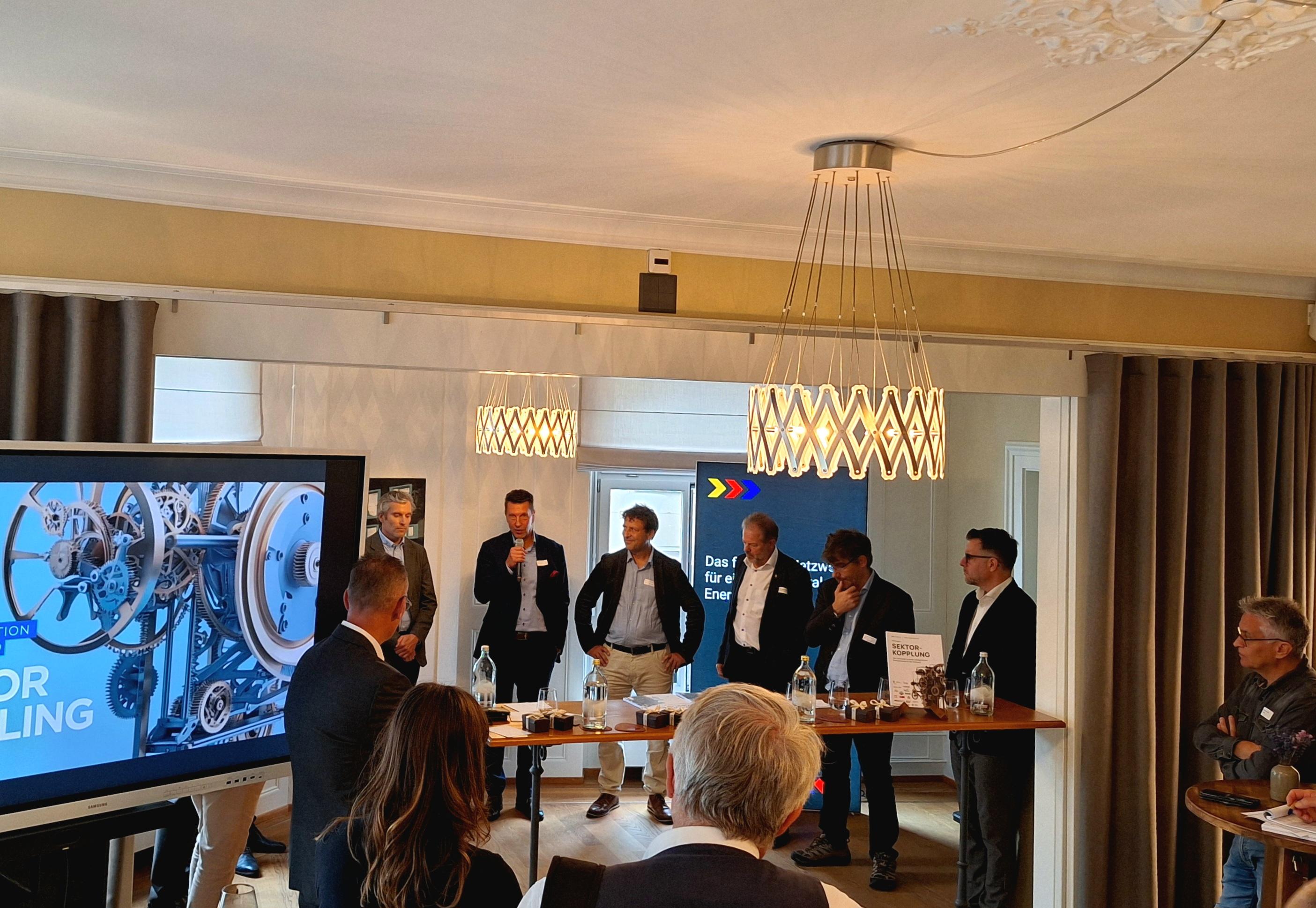Switzerland’s energy system is undergoing a fundamental transformation. For decades, supply was stable, centralised and largely predictable. Today, rising electrification, surging cooling demand, new mobility needs and thousands of decentralised producers are reshaping that system into a far more complex network.
To keep energy secure, affordable and climate-neutral, Switzerland must connect what has long operated in parallel: electricity, heating and cooling, mobility and industrial processes.
This is the core message of the new whitepaper “Sector Coupling: The Key to a Successful Energy Transition in Switzerland”, presented today in Bern by OE-EN Group, energie-cluster.ch and 17 leading partners from research, industry and public administration.
Sector Coupling Is No Longer a Vision — It Is Operating Across Switzerland
The whitepaper shows that the technologies required for this transition are proven and already delivering impact. Across the country, integrated solutions are in operation at building, area, municipal, cantonal, regional and national level:
- intelligent microgrids
- heat and cold networks
- geothermal and lake-water systems
- sector-coupled industrial sites
- advanced storage and digital control
- power-to-gas and seasonal flexibility projects
These examples demonstrate that Switzerland can avoid costly grid expansion, strengthen supply security, and significantly reduce emissions by linking sectors intelligently rather than expanding them independently.
Five Priorities to Unlock Switzerland’s Full Potential
Drawing on contributions from 17 organisations across the entire energy value chain, the whitepaper identifies five areas that must progress together to scale sector coupling nationwide:
- Digitalisation
Smart grids, sensors, real-time optimisation and AI as the backbone of an integrated energy system. - Regulation, Research & Innovation
Frameworks that reduce administrative hurdles, support Local Electricity Communities and accelerate deployment. - Financing
Long-term investment strategies and models that reward sustainable value creation. - Collaboration
Stronger cooperation between utilities, companies, policymakers, grid operators and research — Switzerland is not an energy island. - Holistic Planning
Coordinated planning across generation, demand, storage and infrastructure from the earliest project stages.
The conclusion is clear: technologies exist and frameworks are evolving — now Switzerland must scale what already works.
2026 Will Be a Pivotal Year
The coming years will determine whether Switzerland can move from isolated pilot projects to a truly integrated, nationwide energy system.
Sector coupling reduces costs, eases pressure on the grid, increases resilience, and keeps economic value in the country — but it requires coordination, investment and decisive collaboration.
An Open Invitation to Switzerland’s Energy Community
We invite companies, researchers, municipalities, innovators and public stakeholders to engage with us, bring forward solutions and help shape Switzerland’s next phase of the energy transition.
The full whitepaper — including 17 detailed project examples and practical recommendations — can be downloaded here:
www.oe.energy/publications


